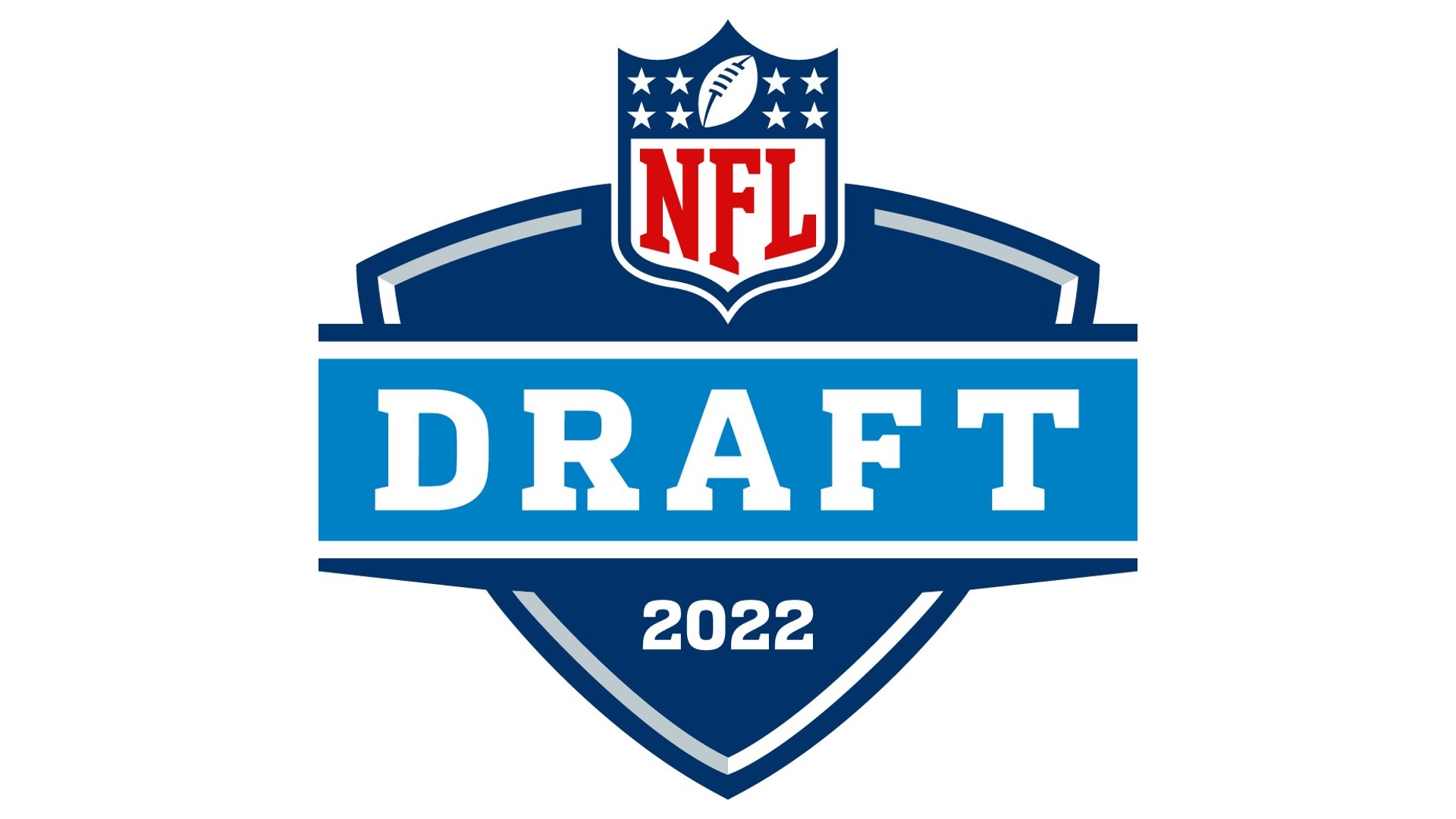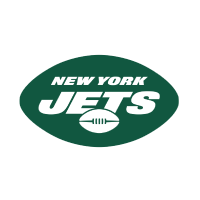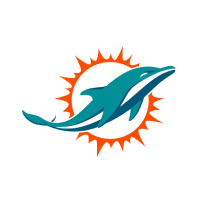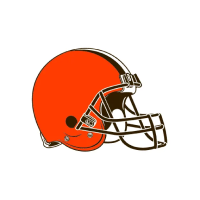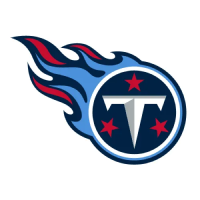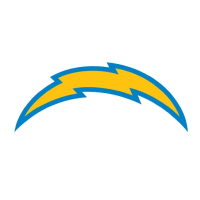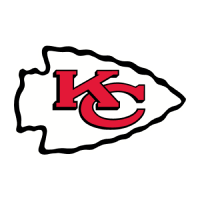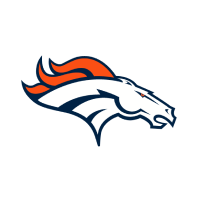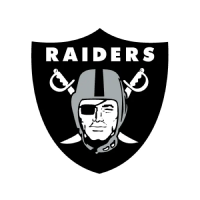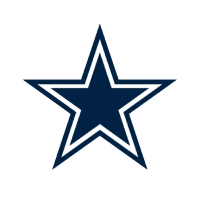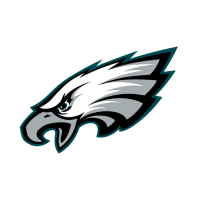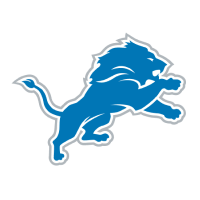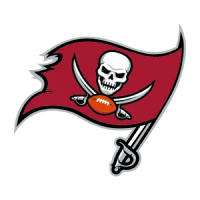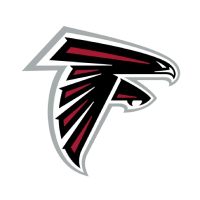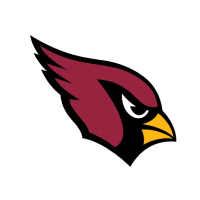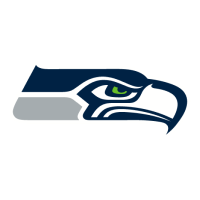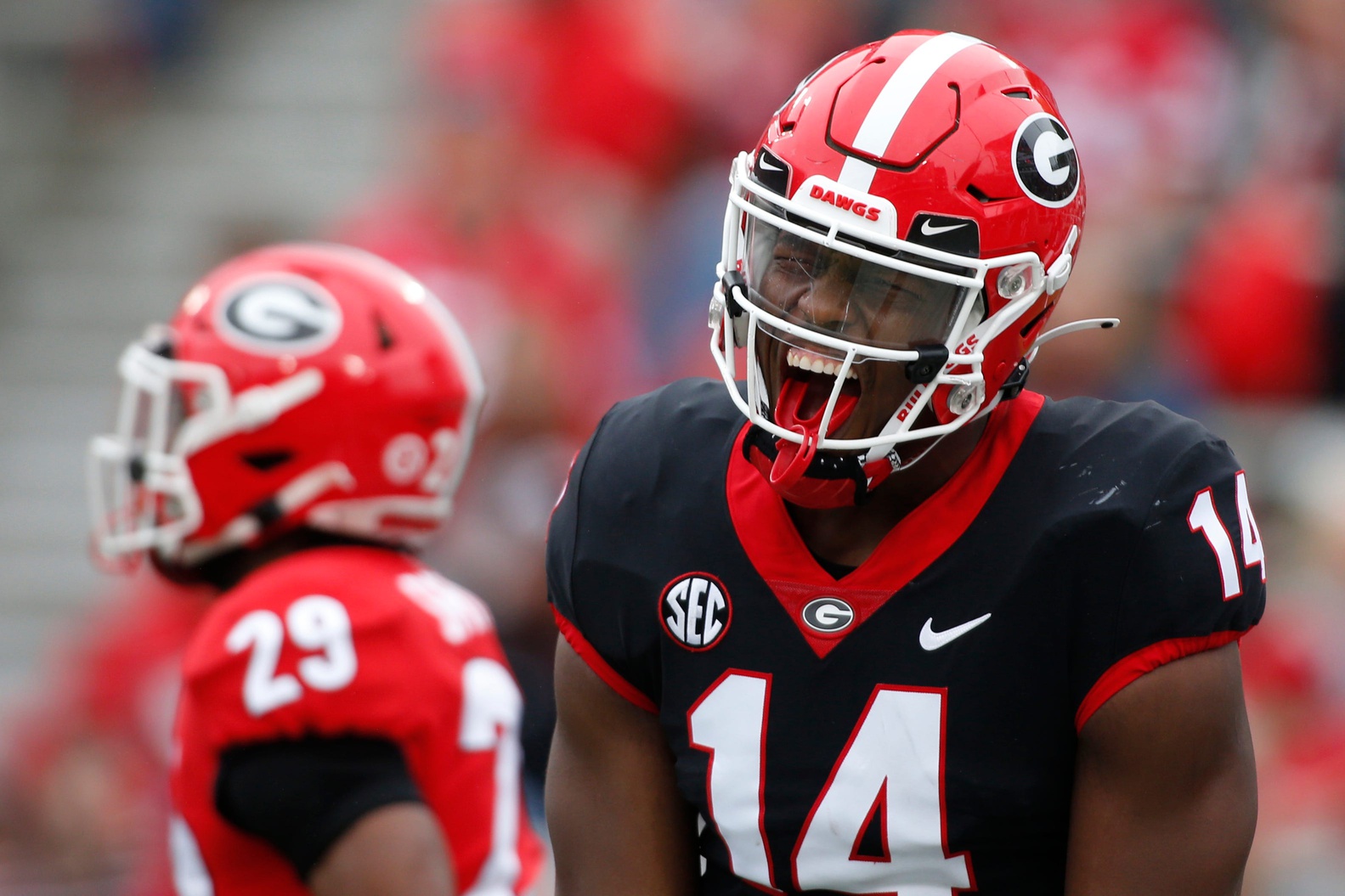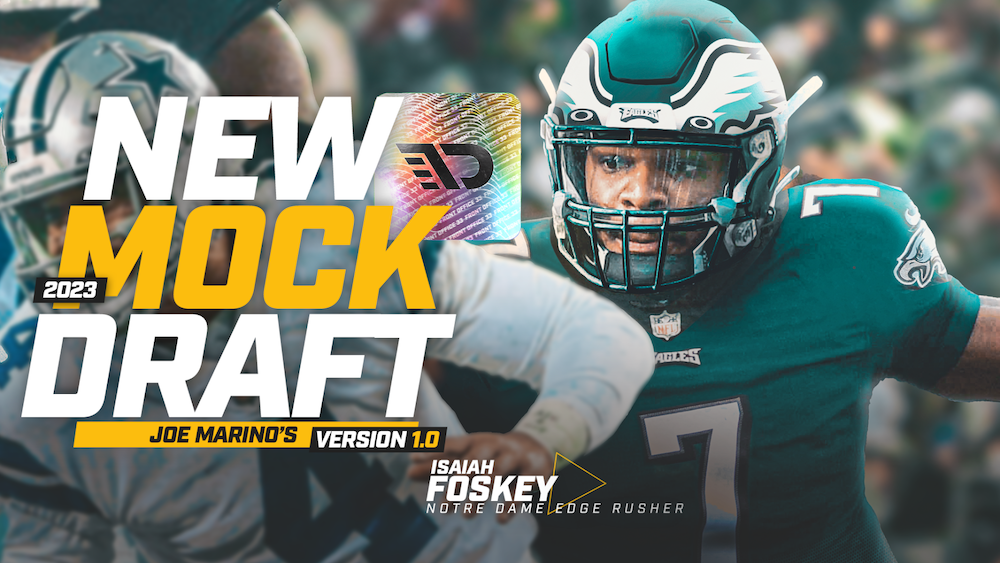The 2021 NFL Draft is a little over a month away and overreaction season is in full swing. In what has been a year like never before, COVID-19 changed the dynamics of the most recent football season. Even the pre-draft process has been affected by the shortened season. When you pair all of the draft-eligible players that opted out of the 2020 season with the cancellation of the 2021 NFL Scouting Combine, it will be interesting to see how NFL decision-makers weigh the offseason, especially considering the lack of available information this year.
As a general rule of thumb for NFL scouts, you should adjust your grade on a player when there are more exposures (football games). However, this year, because of the lack of new information, there will undoubtedly be overreactions to any given player’s performance at their pro day. For instance, player “A” may have performed at a mediocre level during the season, but at his pro day, he impresses with outstanding agility, explosion, and overall speed. This is typically where overreactions start and the “buzz” becomes the new narrative surrounding a player.
Players often go to top training facilities and get themselves prepared specifically for their pro day workouts and interviews, so it’s not surprising to see players post impressive movement and agility scores. While these impressive times may push a prospect up the draft board for some, you’re only supposed to change your football grade based on actual football games. This is why having a coaching staff and scouting staff on the same page is critical for success.
While scouts have typically had about 10 exposures over a two-year period to a particular player, coaches do their evaluations in the spring and usually only have only a couple of games of background. Coaches think that if player “A” has a baseline of size and athleticism that they can often coach them into being a better player. In some cases there may be injuries, environmental issues, or a lack of good coaching that causes a player to underachieve in college. While this may be true in some instances, typically, a player “is what he is.”
The best indicator of the future is usually the past. Rather than allowing “stat scouting” to determine your grade, one should often look at how the production came. Typically, guys who consistently make plays on the football and have a history of winning their one-on-one matchups with athleticism and technique translate well to the National Football League. While there are exceptions, this is a general rule of thumb. Overall, evaluations should reflect what they’ve graded from the player in game situations. Don’t be swayed if a player has exceeded expectations in the pre-draft testing process.
Filed In
Related Articles
NFL Draft
Arik Gilbert Doesn’t Need Big Workload To Be A Top NFL Draft Pick
- Aug 22, 2022
NFL Draft
2023 NFL Mock Draft: Marino 1.0
- Aug 22, 2022
Written By
